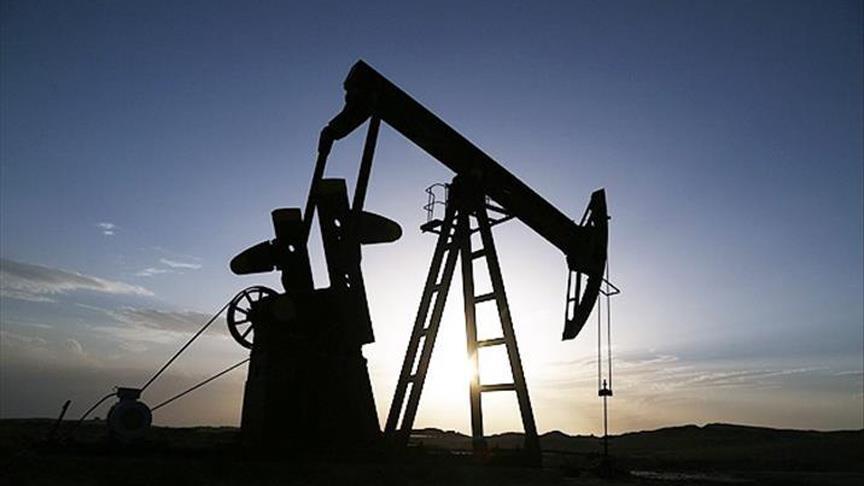The US shale oil production forecast was revised downward in March by 116,000 b/d, although it is now expected to hit the previous March projection in April, the US Energy Information Administration said.

The EIA’s new Drilling Productivity Report pegs shale volumes in March at 8.591 million b/d and growing to 8.708 million b/d in April, driven by an increase in the Permian Basin.
Last month’s report projected March volumes at 8.707 million b/d.
Overall US crude production for the week ended March 4 was unchanged at 11.6 million b/d, according to the EIA’s weekly petroleum status report.
The DPR revised natural gas shale production slightly higher in March at 91.732 Bcf/d, up from the previous March estimate of 91.686 Bcf/d, and up to 92.326 Bcf/d in April.
The growth is occurring amid increasing drilling activity and spending hikes with front-month crude oil futures trading above $100/b. The Biden administration is even calling for domestic producers to ramp up volumes to help lower oil and fuel costs amid global supply concerns with the Russia-Ukraine war.
“We are on war footing — an emergency — and we have to responsibly increase short-term supply where we can right now to stabilize the market and to minimize harm to American families,” US Energy Secretary Jennifer Granholm said March 9 at CERAWeek by S&P Global in Houston.
While the active drilling rig count is growing, the pace of bringing new production online is constrained by frac crew shortages from both workforce and supply chain issues, said EIA DPR analyst Jozef Lieskovsky. “The labor is also very tight, but [producers] believe they will be able to find people for new fleets,” he said.
And with new political motivations, he said, production hikes could soon start coming more quickly, led by the Permian, but also with notable growth in other parts of the country.
DUC tales
In the US, the number of drilled but uncompleted wells, called DUCs, continues to deplete. The January DUC count was revised up to 4,528 wells, up from 4,466 wells in the previous January forecast; however, the number is expected to plummet to 4,372 wells for the end of February. That compares to 7,295 DUCs in February 2021.
Despite the rapid depletion in DUCs, the pace of decline is slowing down with much of the best inventory already completed, Lieskovsky said. But ample numbers remain.
“I believe the DUC inventory is there for more completions crews to work,” he said.
Most of the oil production growth is coming in the Permian, but that uptick is coming slower than previously expected so far this year. The EIA previously projected the Permian to break above the 5.2 million b/d threshold in March, but now the DPR has March volumes at 5.138 million b/d and growing to a new record-high 5.208 million b/d in April.
The Bakken Shale will jump from 1.172 million b/d in March to 1.188 million b/d in April, according to the DPR, and the Eagle Ford Shale will rise from 1.123 million b/d in March to 1.146 million b/d in April. The other oily basins held relatively flat by comparison.
Natural gas production, however, exceeded the previous forecast.
The two biggest gas-focused regions, Appalachia and Haynesville, are expected to see big hikes in April. Appalachia will grow by 186 MMcf/d to 36.484 Bcf/d, and the Haynesville Shale will rise by 173 MMcf/d to 14.598 Bcf/d.
Elsewhere, the Permian will grow by 120 MMcf/d to 20.280 Bcf/d, and the Eagle Ford by 94 MMcf/d to 6.382 Bcf/d.
Lieskovsky said about 46% of all new wells completed in February, 429 of 931 wells, were in the Permian. Likewise, the Permian accounted for 53% of the active drilling rig fleet.
The EIA estimates nearly one-third of total DUCs are in the Permian. The DUC count in the Permian declined by 86 wells between January and February.
The overall DUCs reported for all regions decreased by 156 wells to 4,372 wells in February. The EIA estimates about 2,500 of the DUC wells were drilled more than two years ago, but Lieskovsky said more of those older wells are being drilled now. He noted producers are shifting more to a strategy of drilling new wells and quickly completing them after going through much of their DUC inventories.
